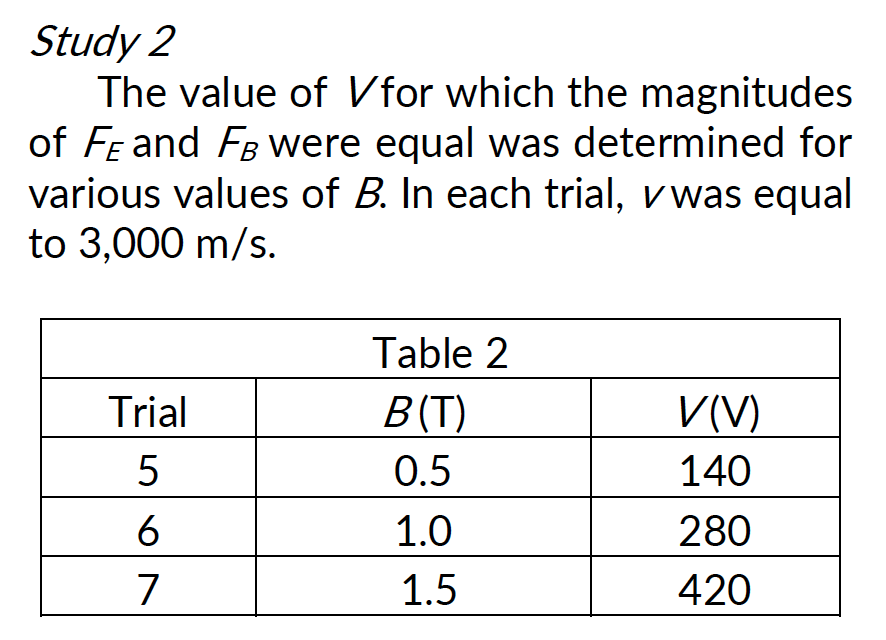35 minutes is not a lot of time, yet the ACT expects you to read 6–7 Science passages and answer 40 questions. Even some of the most diligent test-takers get jittery when they turn the page and see graphs, tables, and long paragraphs about very unfamiliar topics. All it takes is a change in perspective to turn the Science section on its head and see that it’s not so bad after all. And it starts with realizing that the Science section is not about science.
Repeat after me. The Science section is not about science.
Let’s say you’re the kind of student who struggled learning the different parts of the cell or balancing chemical reactions. Just the word “SCIENCE” puts you in a slight state of dread. If you go into the ACT expecting the Science section to be just like a physics pop quiz, you’re putting yourself at a disadvantage. Instead, you’ll want to go in with a positive attitude and say to yourself, “Okay. This is different, and I can do this.”
So, if the Science test isn’t about science, what is it about? In a nutshell, it’s about logic. Some questions will ask you to look up data on a chart or graph. Others will ask you to make comparisons or predictions based on what you see in the passage. By treating them as logic questions instead of straight up “science” questions, you’ve unlocked a key component to mastering this part of the test.
Now that you’ve changed how you think about the Science section as a whole, let’s focus on the passages themselves. You will encounter a wide variety of topics as you go through the Science section. Passage I could be about different theories to how the universe formed. Passage II describes an experiment that tracked how bone density is affected by drinking soda. Passage III measures air quality and traffic patterns in cities. You’re jumping around from topic to topic so quickly that you’re experiencing whiplash.
One way to avoid that is to skip most the text. Unlike the Reading section just before, the Science section does not require you to understand the main point of the passage. These science passages are often excerpts from scientific papers and reference books, written by people with PhDs and laboratories. You are not meant to understand every single detail, and trying to read all the text is going to throw you off. Instead, focus on identifying the information that it is presenting you in the tables and graphs. Focus on the what of each graph, not the why. Let’s use this passage and question as an example:

A physicist claimed that the voltage V necessary to maintain a straight electron beam would increase as the magnitude of the magnetic field decreased. Based on Table 2, is this hypothesis likely true?
A. Yes; the voltage increased as the magnitude of the magnetic field increased.
B. Yes; the magnitude of the magnetic field increased as the voltage decreased.
C. No; the voltage increased as the magnitude of the magnetic field decreased.
D. No; the magnitude of the magnetic field increased as the voltage increased.
If we look at Table 2, we have two columns marked B and V. The passage defines earlier on that B is magnetic field and V is voltage. There’s a clear pattern that shows that as B increases, so does V. Answer choices B and C are directly contradicted by the data, so we can eliminate them. Furthermore, the hypothesis goes against the data as well. We can eliminate answer choice A because when it says “Yes,” it implies that it should agree with the data. Therefore, answer choice D is the correct one.
If you took a physics class, maybe knowing how electricity and magnetism work and relate to each other helped you better understand the entire passage. But for most Science questions, you don’t need that knowledge. Ultimately, it doesn’t matter whether you’re reading about chemistry, biology, earth science, or physics, since many of these questions can be answered using pure logic. Don’t get overwhelmed if you see a passage about “the composition of fundamental particles according to electrical charge and magnetic spin.” Just focus on what the questions ask for, find the relevant data, and move on.
Related Posts
How To: Finish Sections on Time (Science focus)
How To: Make Sense of the Conflicting Viewpoints Passage

